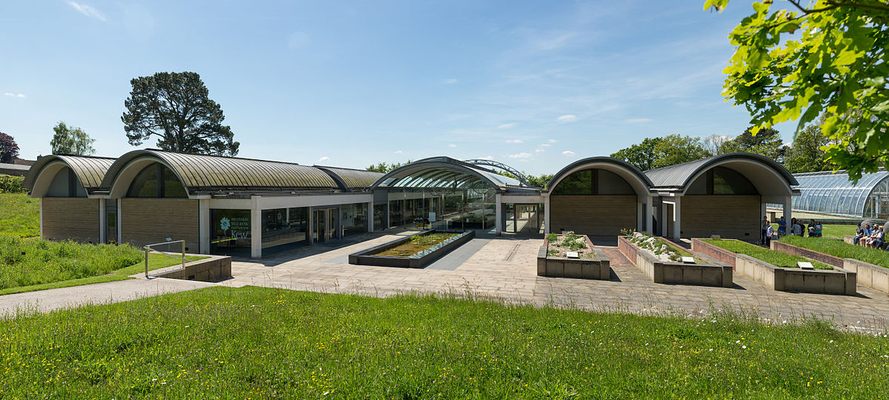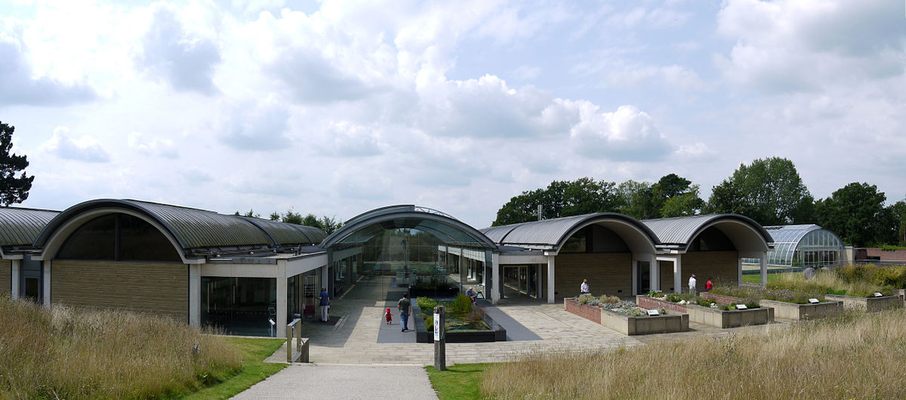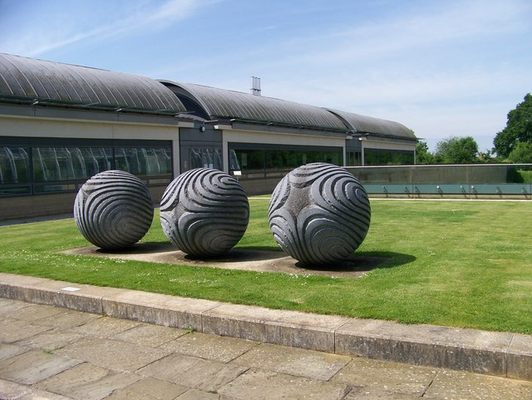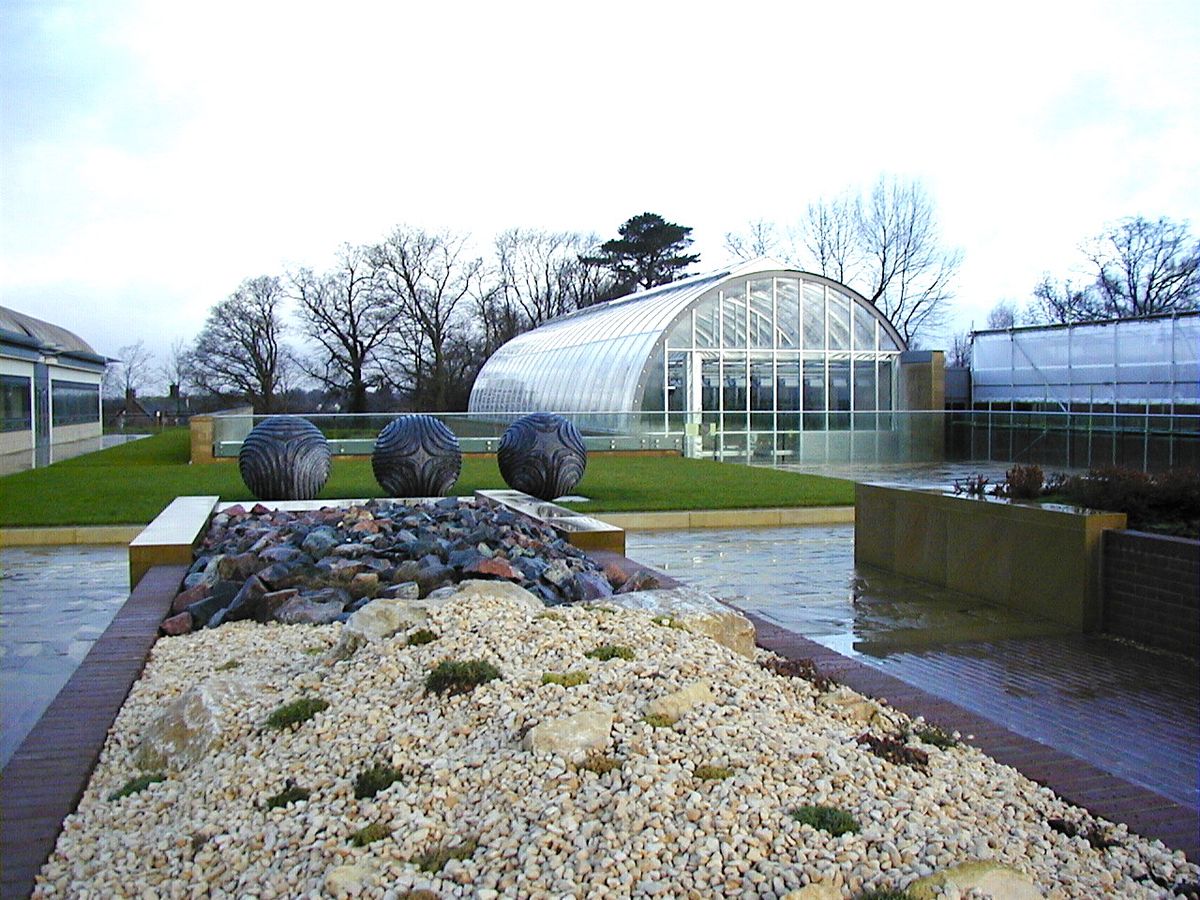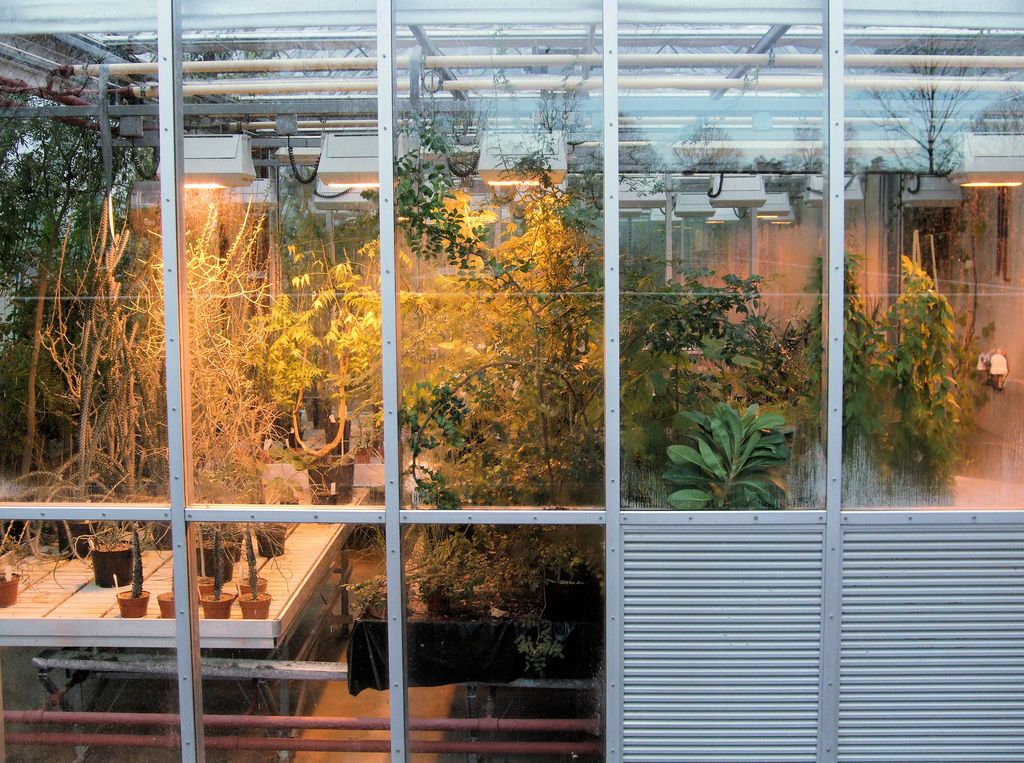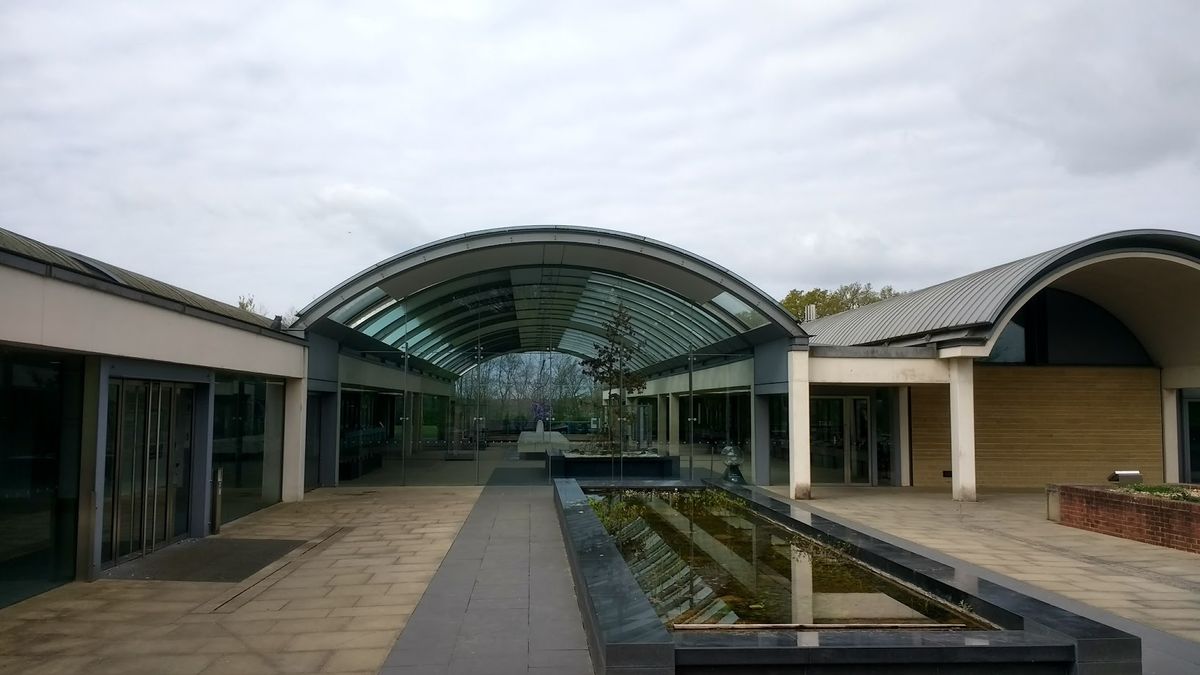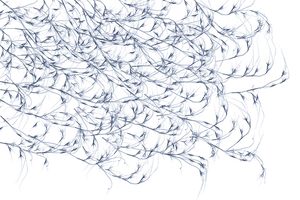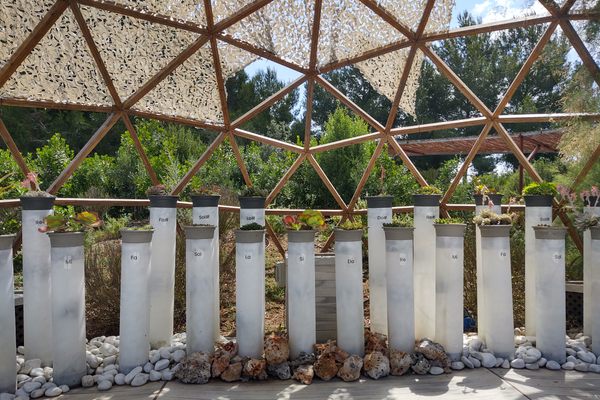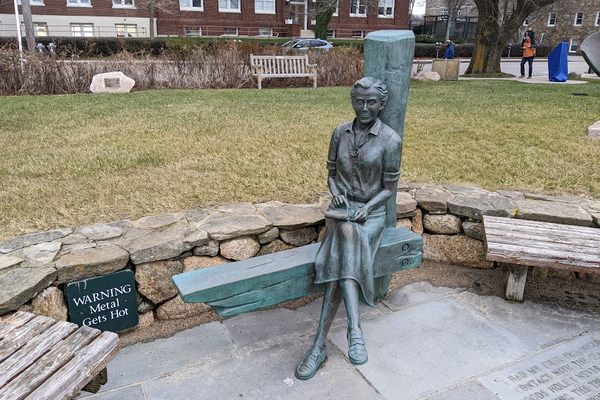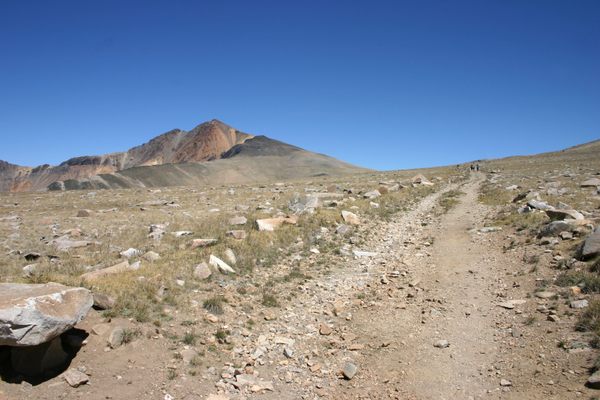About
When we think of seed storage locations, we tend to think of giant doomsday vaults, meant to resist whatever disasters might threaten civilisation. The most famous facility, in Svalbard, high in the arctic latitudes, is like a secret base from a James Bond film, built so that crop varieties can be preserved for future generations through whatever catastrophes might occur. It may be surprising, then, that one of the largest seed repositories in the world is actually found on a quiet corner of southeast England, and can be visited by any interested member of the public.
The Millennium Seed Bank forms part of Kew Gardens, and is set in a specially constructed facility in the elegant grounds of Wakehurst Place in Sussex. There, seeds from more than 38,000 species are stored in an underground vault large enough to fit 38 double-decker buses. In total, nearly 2 billion seeds are currently stored there, and while this comprises only around 10 percent of known species at the moment, there is sufficient storage for up to three-quarters of all plant species.
While the vault itself is less easily accessed, visitors can observe the scientists processing the plants and seeds through windows to all of the laboratories. Among other things, the scientists are testing the optimum conditions for seed germination after storage; after all, what use is storing seeds if we don’t know how to get the plants to grow again? Scientists are experimenting with cryogenic freezing of seeds, using liquid nitrogen to flash freeze them, preventing any decay. This is essentially the same idea as the cryogenic freezing of humans, and can preserve some of the most delicate samples.
Seeds have been stored by humans for as long as there have been crops, but long term preservation is a more recent phenomenon. How long seeds can be preserved and still germinate when they are taken out of storage was not clear for much of history, but one anecdote from the Second World War highlights how chance has played a role in encouraging such long term preservation.
When London was bombed during the war, a fire broke out in the Natural History Museum, and during the process of fighting the fire, some seeds from the herbarium were inundated. Some of these subsequently sprouted, and on inspection it turned out that they had been collected in China in 1713 and brought back to England. The realisation that even hundreds of years later seeds were still viable was a key motivation to establish these seed banks. The importance of such repositories is not lost on the scientists working there; another, darker, wartime story tells how some of the researchers working at the seed bank in Leningrad during the siege of the city opted to die of starvation rather than eat their precious stocks of seeds.
When crops fail, even industrialised countries can suffer, and this is particularly important when they only grow a few types of crops. The great famine in Ireland in the 18th century demonstrated what happens when a disease affects one crop upon which much of society depended. In that case, the crop was potatoes, and the disease blight. Even today, many food supplies could be at risk; the type of banana that is consumed world-wide, the Cavendish variety, is globally threatened by a fungal disease that targets that specific variety. This is why the scientists at the Millennium Seed Bank have made it a priority to capture a wide range of genetic diversity in their samples; seeds from lots of different plants of the same species offers a much better chance of resisting disease than seeds from a single example. In particular, the botanists try to sample wild plants rather than the equivalent crops, as the genetic variation in wild plants is much more pronounced than in carefully bred agricultural crops. It’s a lot more work, but the scientists are laying the foundation for future crops.
It’s for these reasons that the seed bank is not just a static box, waiting for the apocalypse. It’s an active location for science right now, testing which varieties will grow and under which conditions; seeds can be requested by researchers all over the world to study whether better crops can be grown right now, for example by cross-breeding with wild varieties. The permanent staff also provide help and advice to botanists from developing countries to assist them in setting up their own national repositories.
A walk through both the seed bank and around the verdant surrounding gardens, with sweeping views of the wooded countryside nearby, highlights that it is a site all about life and diversity. While it is designed to survive the worst natural or man-made disasters that could be thrown at it, visitors can see for themselves how much activity is taking place within, to secure food supplies both in the future and the present day.
Related Tags
Know Before You Go
Access is possible either by taking the train to nearby Haywards Heath, or the local bus service. Driving from London is also easy, with parking available at Wakehurst Place (the botanical gardens that host the seed bank).
Published
May 17, 2017

